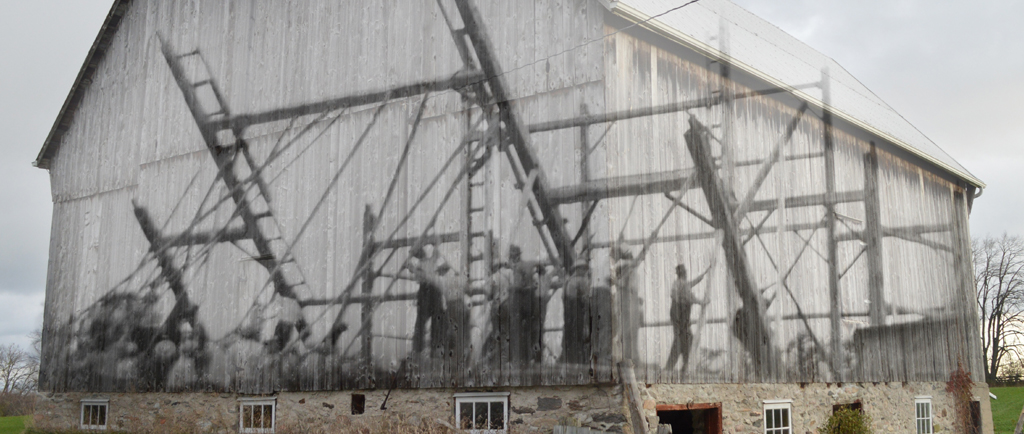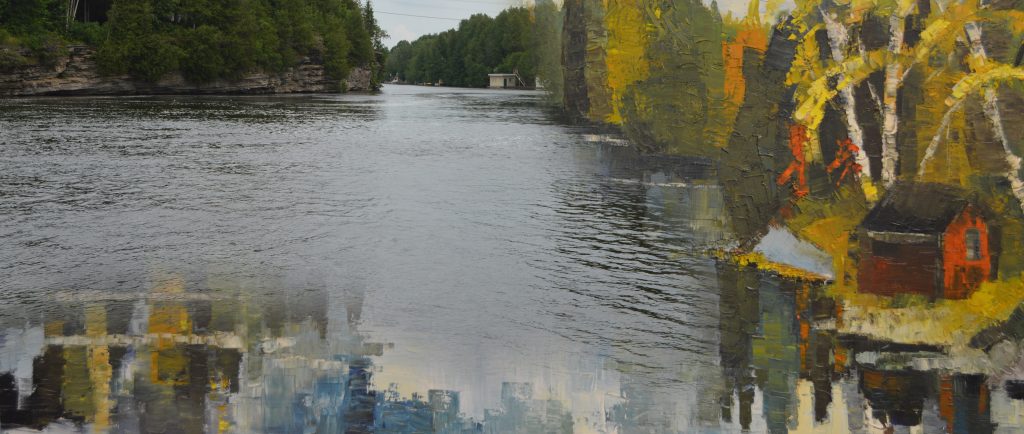RetroSpectacle
From Anne Langton Sketches to Digital PhotographyThe settlement era in the Kawarthas brought together two societies on the edges of the lakes. Anishinaabe harvested wild rice, trapped in the wetlands, speared fish, and gathered plants. In the 1830s they were joined by a society of aspiring aristocrats, who built grand estates on the fringes of the waterway, hoping to attain a status they were too poor to enjoy back in Britain. Among these gentry was, Anne Langton, who captured the landscape of the settler period, both visually and through her journals.
Few pioneers would live to see their children work mature farms. Not only did they clear the forest using only muscular power, the livestock and plants that we take for granted today had to be developed. The region’s notable contributions included Red Fife wheat, Polled Hereford cattle and the buckthorns.
One pioneering gentleman who persevered was an unusually determined character. Mossom Boyd emigrated as the orphaned son of an army officer with the clothes on his back and a Bible. By the time of his death he had risen to be a multi-millionaire, one of the very few timber barons who managed to keep their fortune intact. His company branched out into breeding livestock, promoting railways, and making the region a tourist destination. It was behind giving the region the name Kawartha.
The Kawarthas began to attract tourists from across North America in the 1870s. The region combined the conveniences of town life, with the pleasures of rural waterfront life.
By the turn of the century the Kawarthas were becoming a mature landscape. Over the course of the twentieth century the region manufactured automobiles, farm implements, forest products, rail cars, outboard motors and chemicals–much of the spectrum of consumer goods.
Through the transformations the Kawarthas have witnessed, a structure has persevered. It is still organized around the waterway, its principal towns at cataracts that powered pioneer mills. Anishinaabe villages grace the same lakes their ancestors riced. Langton’s Blythe Farm still overlooks Sturgeon Lake, as do the estates of other genteel peers. Tourboats are again popular on the routes of the steam launches, while the rail lines that once brought tourists to the region now draw tourists as recreational corridors.
Communities change yet carry on. Family farms pass from generation to generation. Most of the founding families have descendants in the area, some still tend the homestead’s wood fires.
The history of the Kawarthas lives on in its landscape. In today’s image of Ontario’s cultured waterway, shines the pleasures and toils of all generations along the way.
RetroSpectacle combines old images and modern photographs from the same vantage. It allows us to see what has changed, what has stayed the same and tells the story of the in-between.
Start reading the storyMaryboro Lodge: The Fenelon Museum



